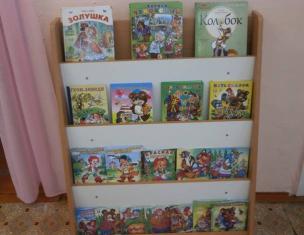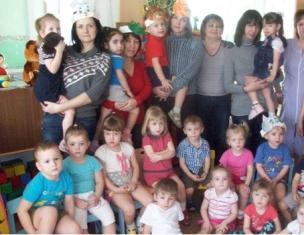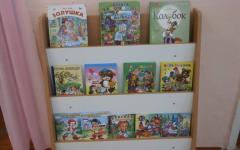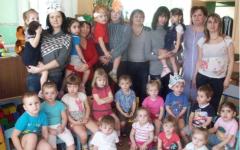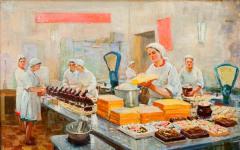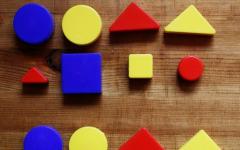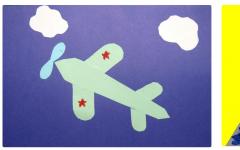Julia Shakina.
Duration project:
Short
Participants:
Children of the second younger group, educators, parents of children.
Relevance project:
In a programme "Childhood" say that children must have specific ideas about objects clothing and shoes. Children should know the appointment of these items, the features of their parts, to draw up the first descriptive stories about them, to relate to them and use them in accordance with the appointment. We must encourage children to independently perform self-service actions with these items.
purpose:
To acquaint children with species clothes. Classify clothes on season. Enrich the vocabulary of children.
A task:
Exercise children in the ability to determine, distinguish clothes.
Educating accuracy and attention to its appearance, activity, observation, independence.
To maintain the natural interest and curiosity of children.
Subject-developing wednesday:
Center book: Books with illustrations ( clothes,
Pictures from the series « clothing» ,
Center for creativity: Coloring,
Center of plot and didactic games: Corner of rude "We dress".
Preparatory stage: Collection of information, training equipment.
Sales project:
Monday:
Conversation: "For what you need clothes?» ,
View illustration clothes, Head Uporats, Shoes.
Di "Find a couple", "Whose is clothes» .
Reading Hood. Literature: L. Voronkova "Masha-Crayman".
"Cutting pictures".
Fingering game: "Pants", "Tights".
Scene-role game: "Our dolls".
P / I.: "Who quickly?", "Horovod".
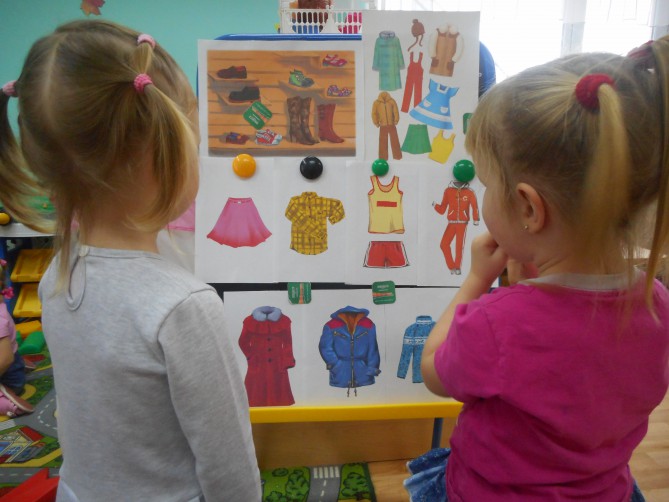
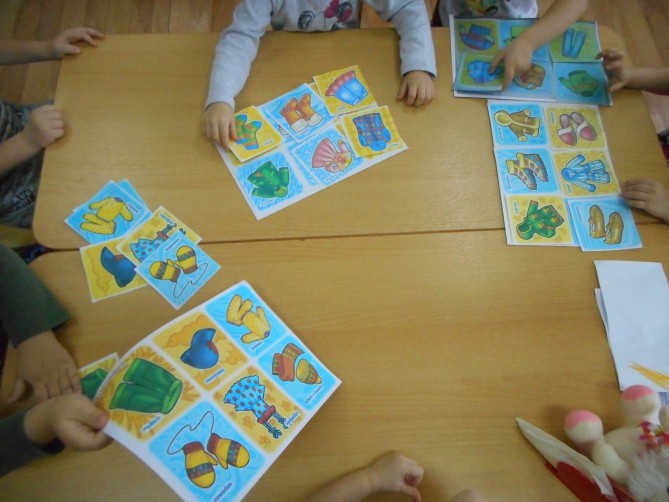
Tuesday:
Conversation: "What clothes happens?» .
Di: "Whose whose whose?", "Paper dolls", "What changed?".
P / I.: "Who will dress faster", "Who is dressed in?"
Fingering game: "Shirt".
C-R / and: "Waving Atelier clothes» .
Mat. the game: "Comparison of scarves in length and width".
Reading Hood. Literature and view cartoon: "Miracle Tree" (K. Chukovsky).
Node: "Familiarization with fabric properties"
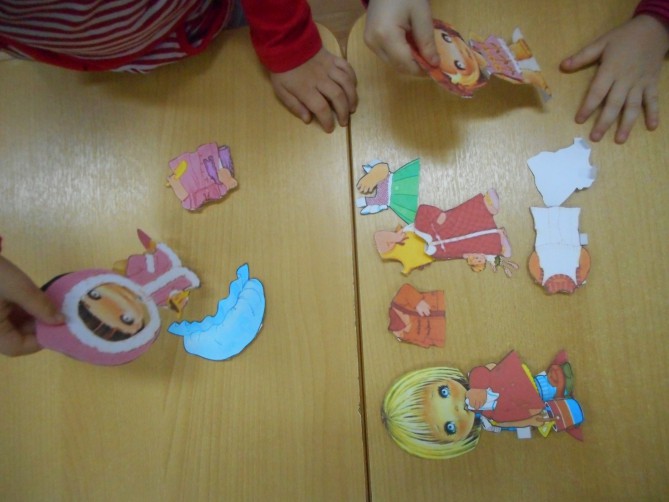
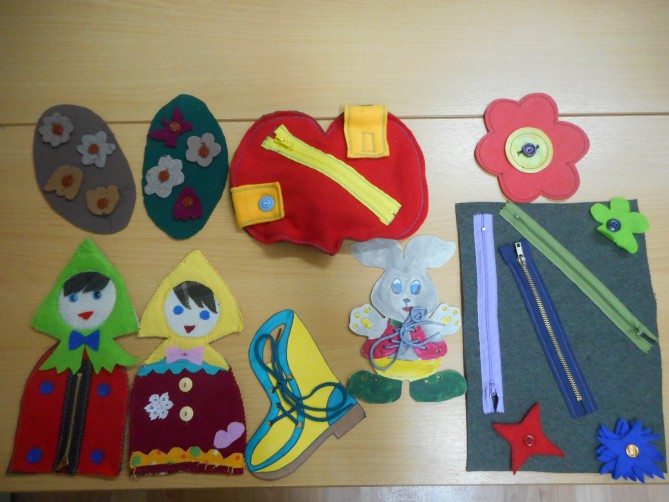
Wednesday:
Situation (Communication): "Where to buy clothes» .
Di: "Whose is clothes?» , "What is superfluous?", "Merry boots".
C-p / i.: "Score clothes, shoes, hats ".
Fingering game: "Footwear".
Game Situation: "Wash clothes» .
P. / I.: "Carousel", "Make as I"
Reading fun: "Our Masha is small".
Design: "House for doll".
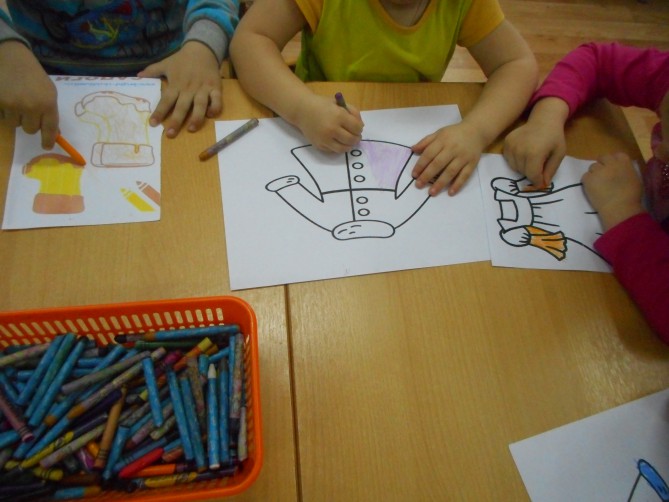
Thursday:
Conversation: "What wear clotheswhen cold? ".
D. / I.: "What are wearing?", "When dressing?", "What are you dressed?".
C-p / i.: "Katya doll chooses a new blouse".
Applique: "Open a doll for a walk".
Fingering game: "Lacing"
Reading Hood. Literature: P. Voronko "Updates".
Observation of passersby: "Who is dressed in?"
P. / I.: "Collect the picture", "Catch the ball".
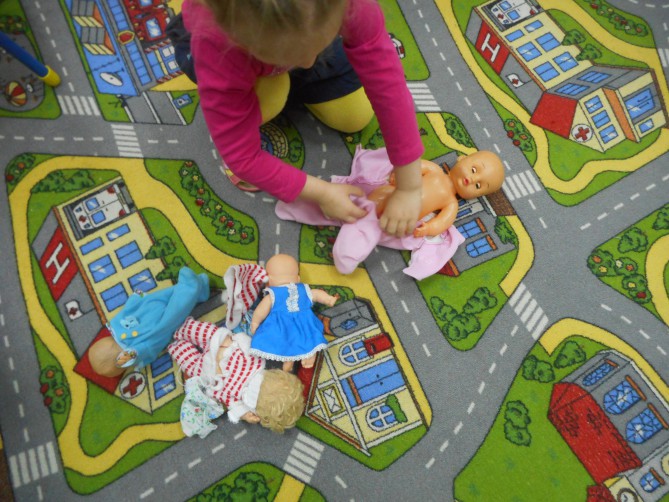
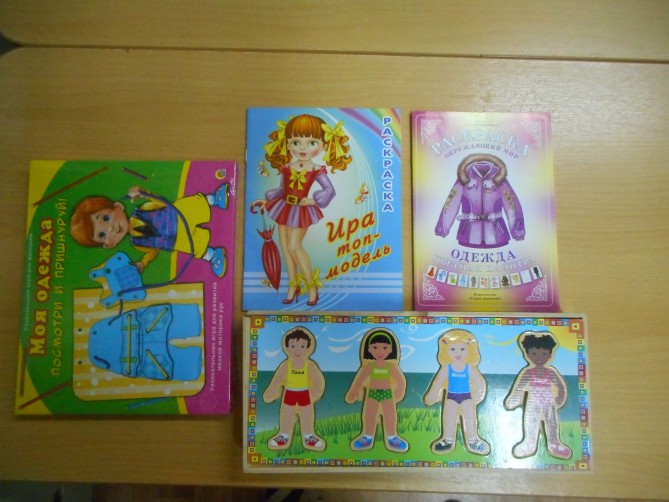
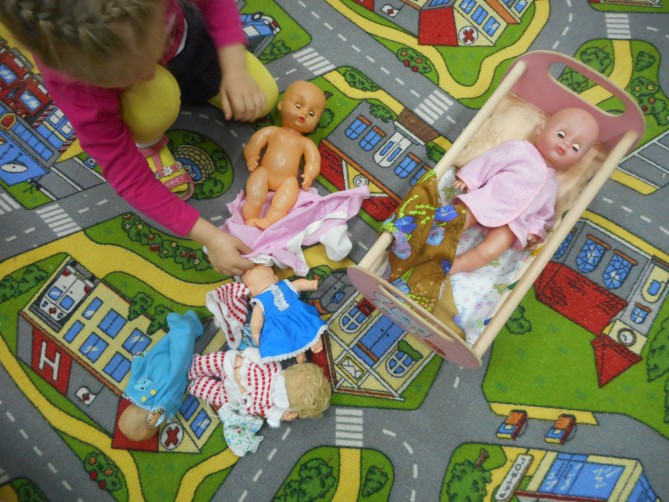
Friday:
Situation (Communication): "How did Masha losing a mobby?".
Fingering game: "Glove" (S. and E. Zheleznov).
We experience verse Sakonskaya: "Masha Varezhka dressed".
Reading Hood. Literature: Story "Mitten".
D. / I.: « Clothes confused» , "Name in one word".
Drawing with cotton chopsticks: "Running the mittens".
C-p / i.: "What why?"
P. / I.: "Nazova clothes» , "Find what you call".
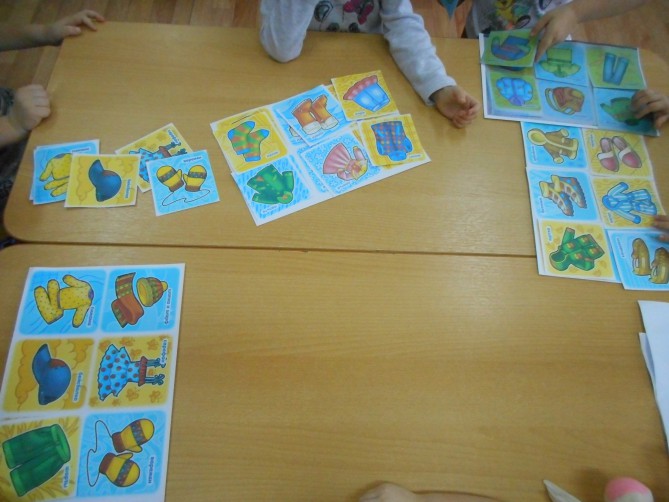
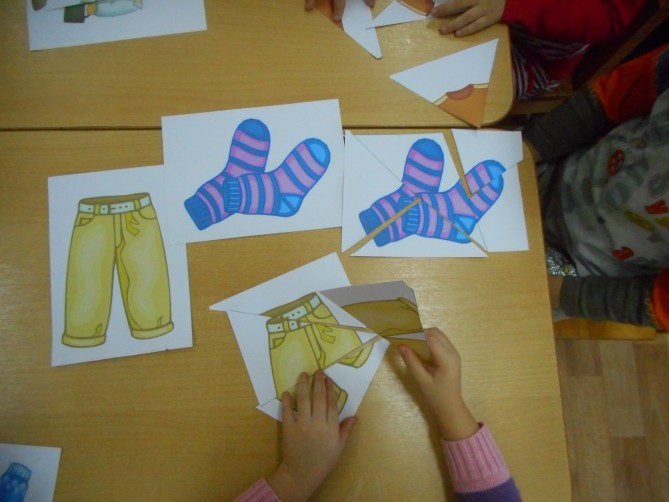
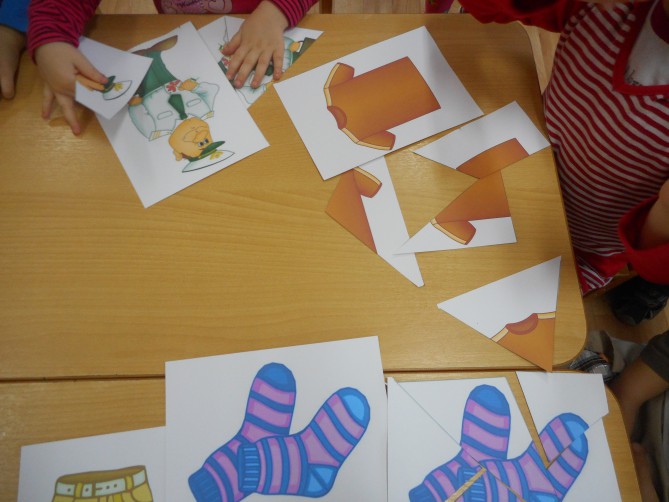
Outcome project:
Exhibition of children's work;
Production of album topic: « clothing» ;
Folder Moving "We go to kindergarten. Right clothes And shoes for a preschooler. "
Work with parents (consultation):
Sewing clothes for dolls;
Excursion to the store « Clothes» ;
We consider and study clothes with children;
Consider and draw clothes;
To bring the habit of children together with parents, follow their appearance.
Strategy and mechanisms sales:
Developing educational situation on the game based: "I have order in the closet", "We learn Katya's doll to handle help", "Clean the mittens",
Computer presentation: "Our clothes» ,
Individual conversations: "Opening B. clothes of children» ,
During the week, reading poems, sweeters, riddling clothes, shoes, hats. "
Expected Result:
Increased emotional, psychological, physical well-being.
The development of spoken speech, reading poems to children with this topic.
Development of independence.
Reducing the incidence during the year.
Development of shallow motility hands in directly educational activities.
Increasing the activity of children in cooperation with adults and peers.
List of sources used
1. "Abstract classes in the II - the youngest group of kindergarten" V. N. Volchkova, M. V. Stepanova.
2. "Classes for the development of speech in the second youngest group". V. V. Herbova
Publications on the topic:
"What is our clothes". Project for children of the middle (senior) group Project type: dominant activity: informative. By content: pedagogical. According to the composition of the participants: group.
Children's research project "Winter clothes of the Earth" Winter clothes of the Earth. Research project. I drose Denis. I am six years. I visit the Kindergarten "Teremok" Group # 10, which is called.
Children and parent project "Clothing" (second younger group) Children and parent educational project "Clothing" Type of project: Creative duration: from 02/18/2013 to 18.04. 2013, participants:.
The preservation of the culture of the Russian people in our kindergarten is paid great attention. Traditional in our kindergarten became.


